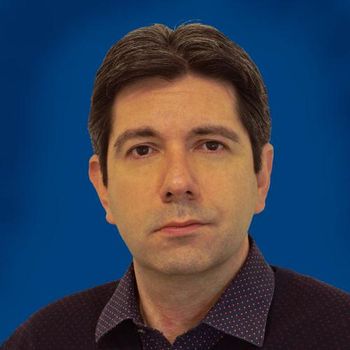
An Inside Look into the Agriculture Industry: Previewing our Q&As and Technical Content
We preview what readers can expect from the upcoming "Advancing Agriculture for Future Generations," content series, which is set to launch on February 1st.
Welcome to the first part of our preview for our “Advancing Agriculture for Future Generations” content series, a joint series with LCGC International and Spectroscopy.
In this series, we spotlight more than 15 articles, all of which showcase the latest spectroscopic research in agriculture. Our content is divided into three categories – news articles, interviews, and technical articles. Below, you will find an overview of the interviews and peer-reviewed and featured articles.
The first interview explores how Raman spectroscopy could aid non-destructive sensing in analytical science. Spectroscopy sat down with Miri Park of the Fraunhofer Institute for Environmental, Safety, and Energy Technologies, the lead author of the study, to discuss her study. In this article, Park explains the role of micro-Raman spectroscopy in assessing crop quality, particularly secondary metabolites, across different contexts (in vitro, in vivo, and in situ), while suggesting future research for broader application possibilities.
In a video interview conducted by editor Patrick Lavery, Dmitry Kurouski of Texas A&M University to discuss Raman spectroscopy's role in determining crop yield of key food items as the world population continues to increase. Kurouski was Spectroscopy’s Emerging Leader in Molecular Spectroscopy Award winner in 2023.
Our last Q&A changes gears and focuses on how mid-infrared (NIR) and near-infrared (NIR) spectroscopy can be used to monitor soil quality. We speak to Felipe Bachion de Santana of Teagasc in Wexford, Ireland, about his research in this field, and the biggest challenges the agriculture industry faces.
Our technical articles cover a breadth of spectroscopic techniques, including vis-NIR and FT-NIR spectroscopy. The first technical article, titled, “Study on Estimating Total Nitrogen Content in Sugar Beet Leaves Under Drip Irrigation Based on Vis-NIR Hyperspectral Data and Chlorophyll Content,” examines the relationship between leaf nitrogen content (LNC) and hyperspectral remote sensing imagery (HYP), determining it to construct an estimation model of the LNC of drip-irrigated sugar beets and to enable real-time monitoring of sugar beet growth and nitrogen management in arid areas.
The second technical article, “Detection of the Early Fungal Infection of Citrus by Fourier Transform Near-Infrared Spectra,” examines the feasibility of FT-NIR for the detection of early fungal infections in citrus.
Our third technical article, “Soil Organic Matter Estimation Modeling Using Fractal Feature of Soil for vis-NIR Hyperspectral Imaging,” comes courtesy of researchers from Hunan Agricultural University, all of whom are exploring how to accurately estimate soil organic matter (SOM) using hyperspectral data and a new inversion model integrating multiscale fractal analysis, PCA, and machine learning techniques (RF and SVM).
Spectroscopic techniques play an integral role in advancing agriculture. Our content series is designed to spotlight the most recent work in this field.
Newsletter
Get essential updates on the latest spectroscopy technologies, regulatory standards, and best practices—subscribe today to Spectroscopy.





